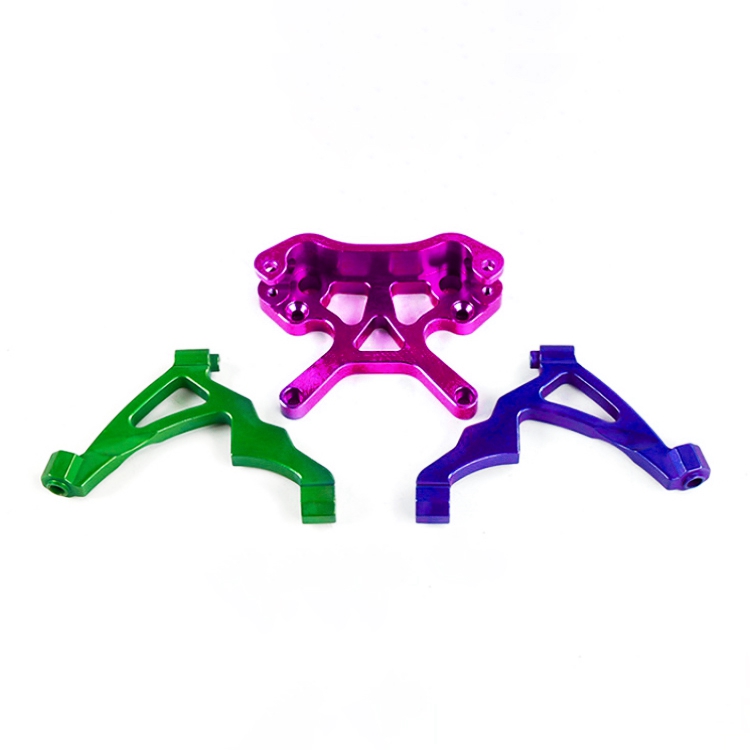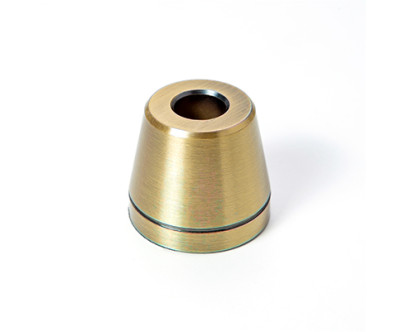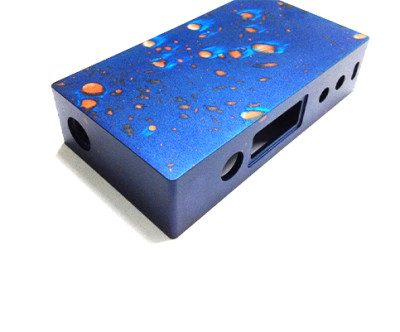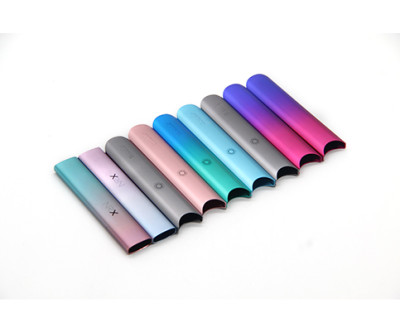CNC Machining vs. Casting for Aluminum Caliper Brackets
In modern automotive engineering, the selection of manufacturing methods for aluminum caliper brackets plays a critical role in determining vehicle performance, safety, and reliability. Among the two most widely used fabrication techniques—CNC machining and casting—each offers distinct advantages and limitations that directly affect precision, strength, and surface quality. Understanding these differences is crucial for automotive manufacturers, performance enthusiasts, and engineers designing high-performance braking systems.
1. Overview of Aluminum Caliper Brackets
An aluminum caliper bracket serves as a mounting point for brake calipers, providing the necessary stability to ensure proper brake pad engagement with the rotor. High-performance vehicles often employ 6061 aluminum rear caliper brackets due to the alloy’s superior strength-to-weight ratio, corrosion resistance, and machinability. Brackets must withstand high mechanical loads, heat, and vibrations without compromising brake efficiency or safety.
The choice between CNC machining and casting affects not only the mechanical properties of the bracket but also its fit, durability, and overall performance.
2. CNC Machining for Aluminum Caliper Brackets
CNC machining involves precisely cutting the aluminum block using computer-controlled milling machines. The process allows engineers to produce intricate geometries with exceptional accuracy. Key advantages include:
Precision and Tolerance: CNC machined brackets maintain extremely tight tolerances, ensuring perfect alignment with calipers and rotors. This precision reduces brake vibration and uneven pad wear.
Surface Finish: Machined surfaces are smooth and uniform, minimizing the need for additional finishing and improving contact quality for mounting hardware.
Strength and Reliability: By starting from a solid billet, CNC machined brackets avoid internal voids or porosity, common in cast parts, resulting in superior mechanical strength.
Customization: CNC allows for complex shapes and lightweight designs, optimizing weight reduction without compromising structural integrity. This is particularly important for performance brake brackets used in racing or high-performance vehicles.
However, CNC machining can be more costly and time-consuming than casting, especially for large production runs. Each bracket requires careful setup and programming, which increases labor and machine time. Despite these costs, the benefits in terms of performance and durability often outweigh the expense for high-end applications.
3. Casting for Aluminum Caliper Brackets
Casting is a process where molten aluminum is poured into a mold to form the desired bracket shape. This method is generally more cost-effective for mass production. The advantages and limitations include:
Cost Efficiency: Casting allows manufacturers to produce large volumes quickly, making it ideal for standard consumer vehicles.
Flexibility in Shape: Complex geometries can be molded directly, reducing the need for extensive machining.
Weight Considerations: Cast parts tend to be heavier due to the need for thicker sections to avoid defects like warping or shrinkage.
Despite these benefits, casting has several drawbacks when compared to CNC machining:
Precision Limitations: Cast brackets often exhibit dimensional variability, requiring additional finishing or machining to meet tight tolerances.
Surface Quality: Cast surfaces are typically rougher and may have porosity or small defects, which can affect mounting and long-term durability.
Mechanical Strength: Internal voids or micro-porosity in cast aluminum can compromise bracket strength under high mechanical stress, making it less ideal for performance brake brackets.
While casting is suitable for OEM production of standard vehicles, it may not satisfy the rigorous demands of high-performance or motorsport applications where strength, precision, and reliability are paramount.
4. Material Considerations: 6061 Aluminum
Both CNC machining and casting can utilize 6061 aluminum, a high-strength alloy with excellent corrosion resistance and machinability. In CNC machining, 6061 billets provide a uniform microstructure, contributing to higher tensile strength and fatigue resistance. Cast 6061 aluminum, while still strong, may have areas of porosity and inconsistent grain structure, slightly reducing mechanical performance.
6061 aluminum is preferred for rear dual caliper brackets due to:
High Strength-to-Weight Ratio: Reduces unsprung weight, improving handling and suspension response.
Corrosion Resistance: Ideal for automotive environments exposed to moisture and road salts.
Thermal Stability: Maintains structural integrity under braking heat cycles.
5. Performance Implications
The choice between CNC machining and casting significantly affects vehicle braking performance:
CNC Machined Brackets: Provide precise caliper alignment, reducing brake vibration, enhancing pad contact, and ensuring consistent braking torque. Ideal for high-performance vehicles or applications requiring dual caliper setups.
Cast Brackets: Suitable for standard vehicles with moderate braking demands. However, slight dimensional variations or internal porosity may reduce long-term reliability under high-load or racing conditions.
For performance enthusiasts, the benefits of CNC machined 6061 aluminum rear dual caliper brackets outweigh the cost, as they directly contribute to braking precision, vehicle safety, and track-ready durability.
6. Surface Finish and Aesthetic Considerations
CNC machining allows for superior surface finish and aesthetic quality, often preferred in aftermarket and performance parts. Smooth surfaces reduce friction with mounting hardware and improve ease of installation. Conversely, cast brackets usually require post-machining and finishing to achieve similar surface quality, adding production time and cost.
For visible components in performance or custom vehicles, CNC machined brackets also offer a cleaner, more professional appearance.
7. Customization and Design Flexibility
CNC machining offers unparalleled flexibility in design. Engineers can:
Reduce unnecessary material to lower weight without sacrificing strength.
Integrate mounting features and channels directly into the bracket design.
Produce limited or specialized runs for motorsport or custom vehicle applications.
Casting, while effective for mass production, limits customization. Mold changes are expensive and time-consuming, making it less ideal for small batch or specialized projects.
8. Cost Considerations
While casting is generally less expensive for large-scale production, CNC machining costs have decreased due to advancements in automation and multi-axis machining. For high-performance applications, the cost of CNC machining is justified by the gains in precision, strength, and reliability. Manufacturers must weigh production volume, performance requirements, and budget when selecting the appropriate manufacturing method.
9. Conclusion
Both CNC machining and casting have their place in manufacturing aluminum caliper brackets. For high-performance and precision applications, CNC machined 6061 aluminum rear dual caliper brackets offer superior strength, dimensional accuracy, surface finish, and customization options. Cast aluminum brackets remain a cost-effective choice for standard vehicles but may not meet the demands of racing or high-load braking conditions.
Ultimately, the choice between CNC machining and casting depends on the intended application, desired performance, and production volume. For engineers and automotive enthusiasts prioritizing performance brake brackets, precision, and long-term reliability, CNC machined 6061 aluminum brackets remain the gold standard.



